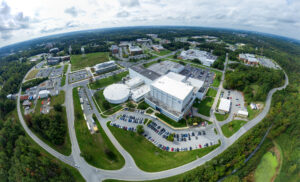
ETD Capabilities Listing
Versatile Capability Solutions for NASA and Beyond
Beyond meeting the needs of NASA programs, ETD capabilities are applicable to a wide range of activities, both in aerospace and other fields, and are accessible to support various internal and external clients.
-
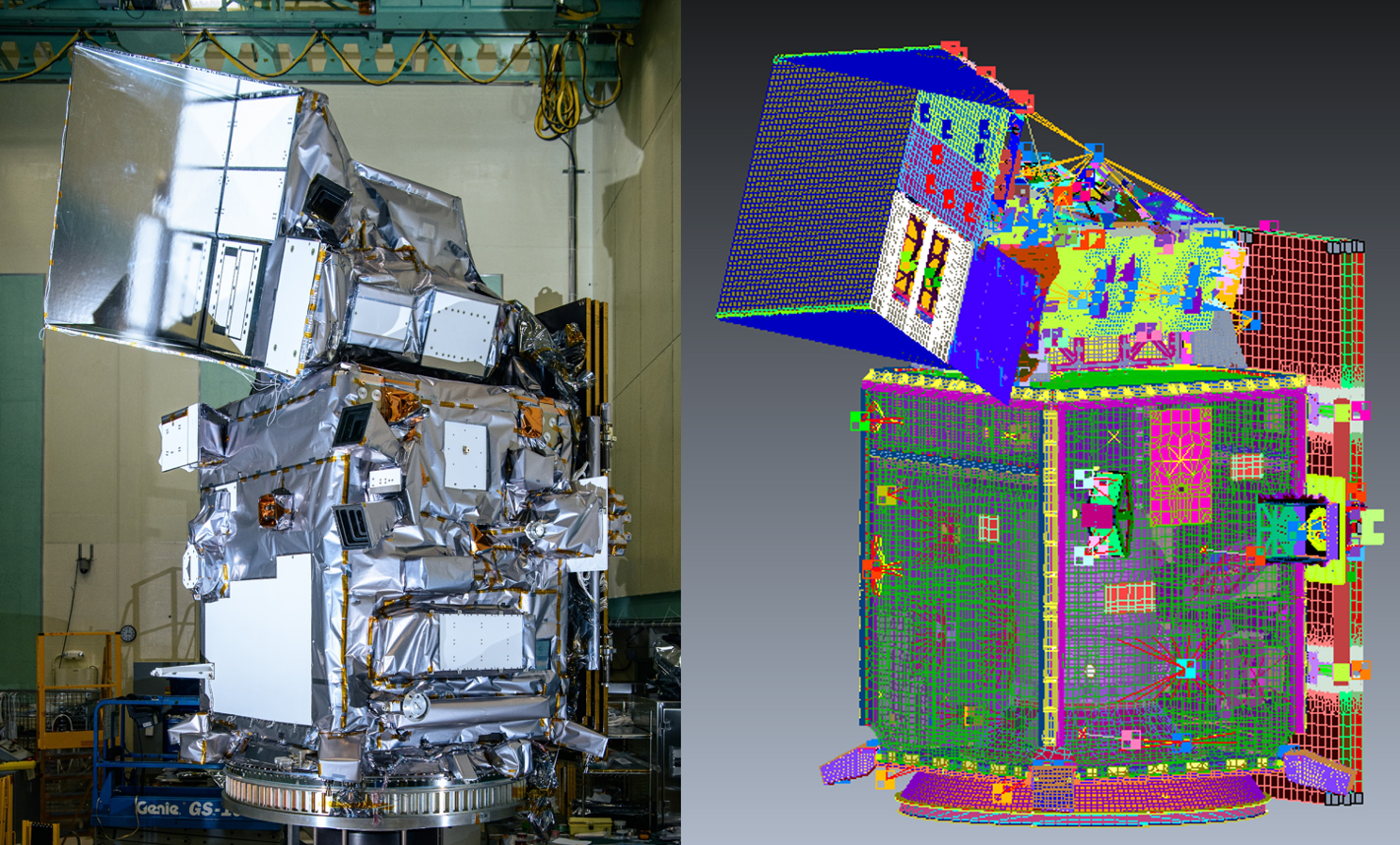
Mechanical Systems Analysis and Simulation
Mechanical Systems Analysis and Simulation capabilities support the development of NASA missions through load development, mechanical analysis, structural optimization, and structural verification of spaceflight systems. We provide analysis and subject matter…
-
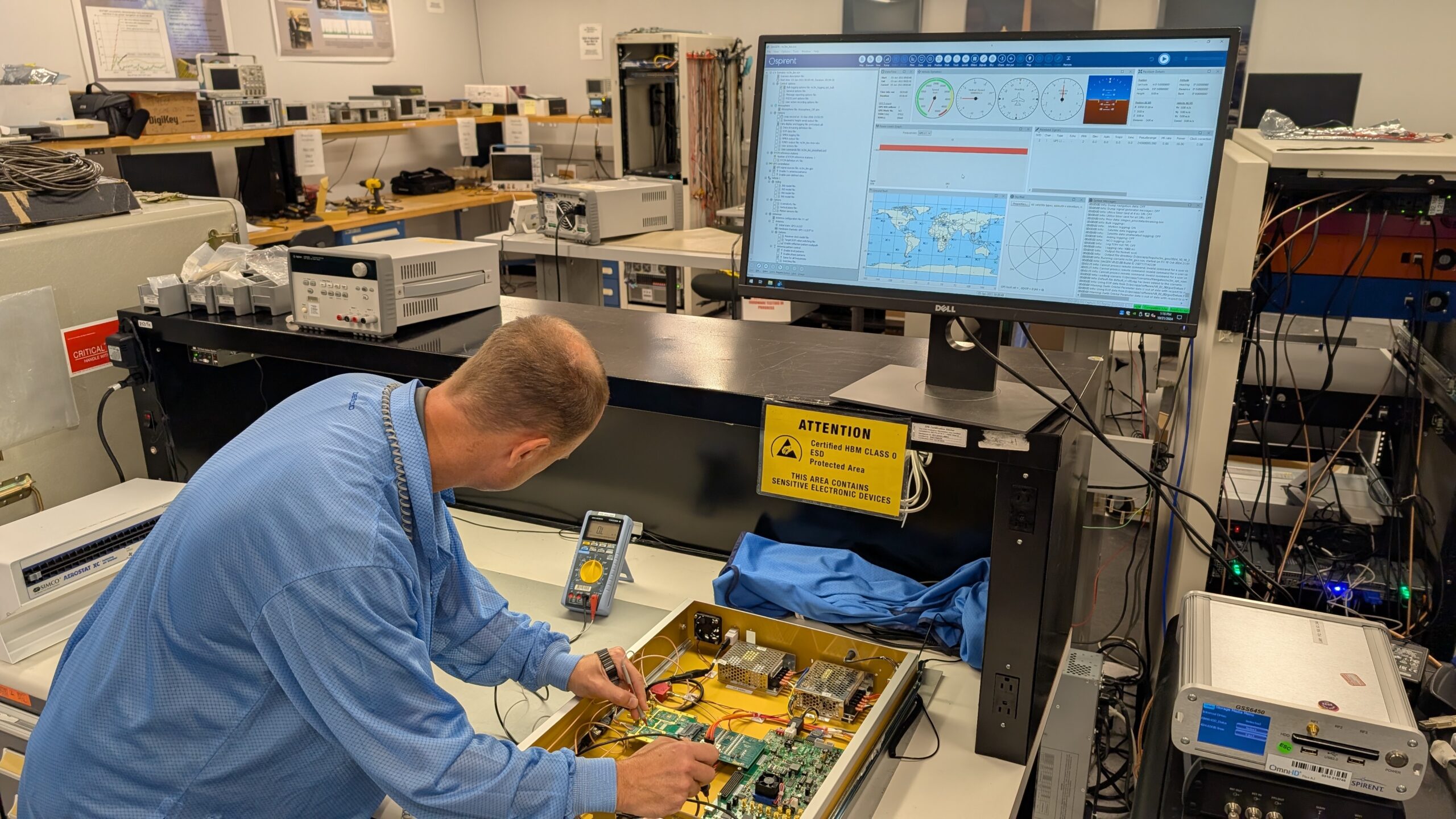
The Formation Flying Testbed
Navigation hardware is designed, and performance tested at Goddard. The Formation Flying Testbed (FFTB) at the National Aeronautics and Space Administration (NASA) Goddard Space Flight Center (GSFC) provides a world-class hardware-in-the-loop test environment for testing and demonstration…
-
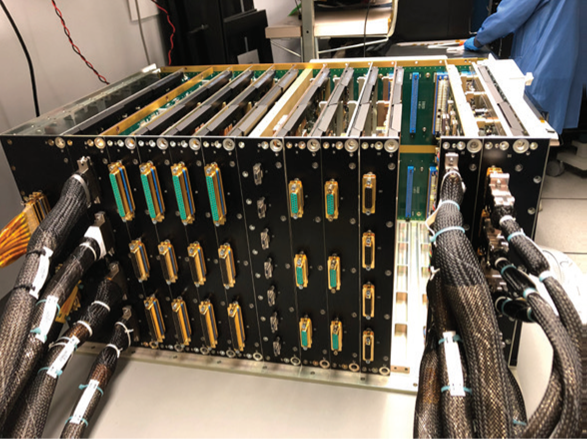
Flight Data Systems
Flight Data Systems provides end-to-end flight data systems engineering services, enabling both in-house and out-of-house missions at NASA. We develop a wide range of hardware components in support of flight projects. Components are comprised of circuit card assemblies and/or complex programmable…
-
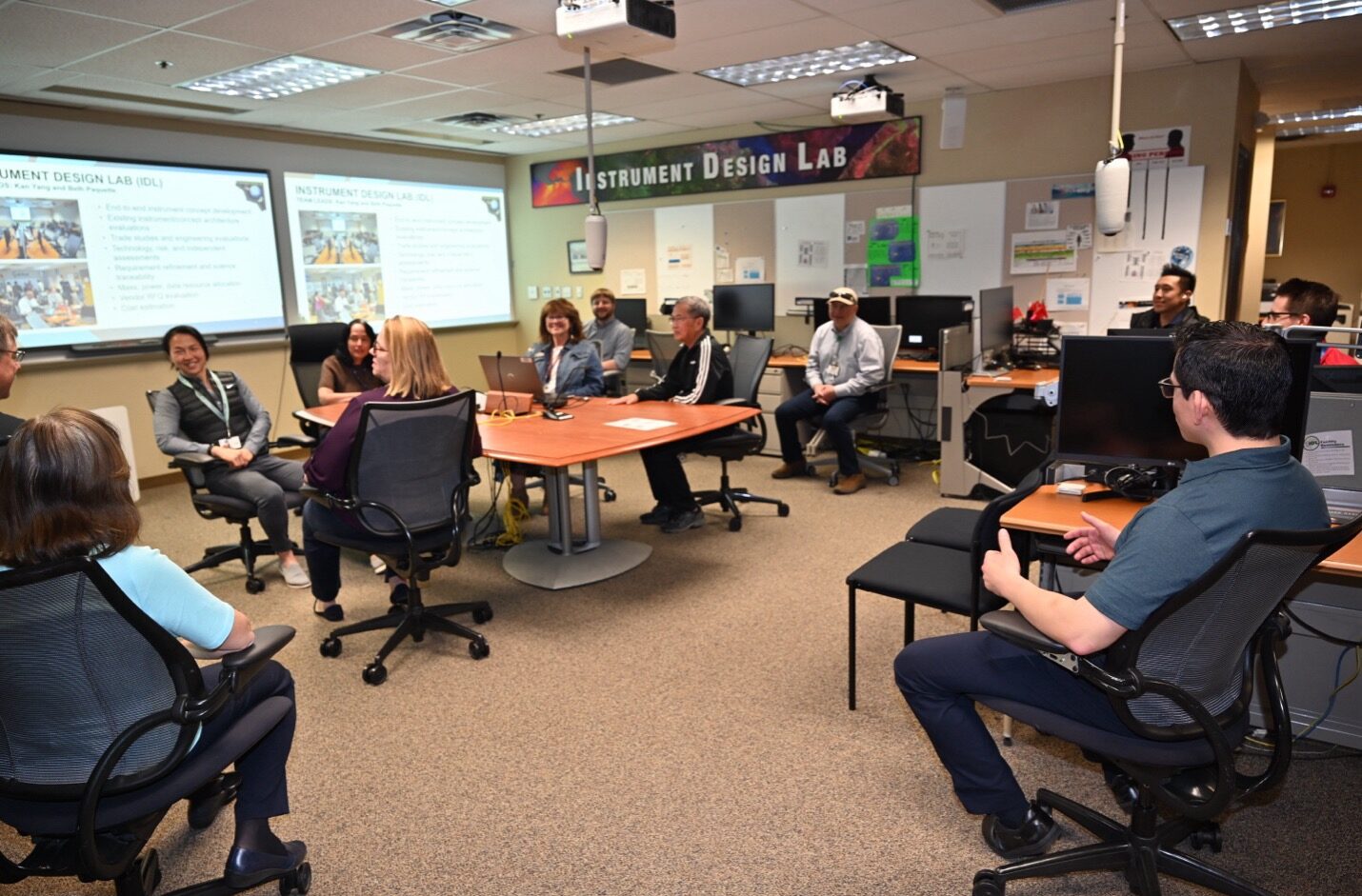
Integrated Design Center (IDC)
The Integrated Design Center (IDC) is a multi-disciplinary, concurrent Engineering Facility that specializes in rapid conceptual mission and instrument design. The Center has two dedicated facilities located at NASA Goddard in Greenbelt and one located at Wallops Flight Facility. At these ETD lab facilities, design teams and customers collaborate in an environment that promotes rapid…
-
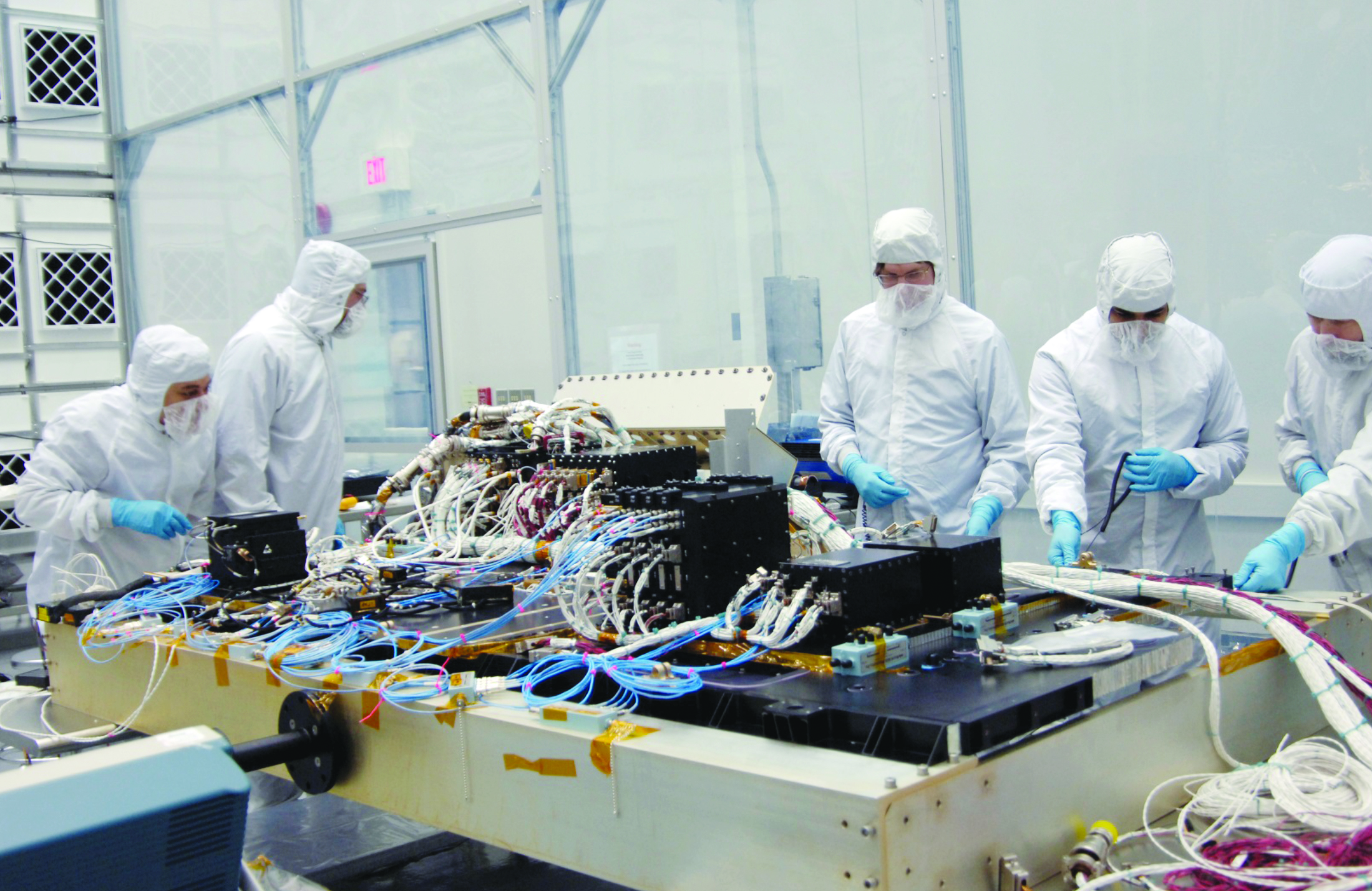
Flight Systems Integration and Test (I&T)
Flight Systems I&T is responsible for leading the integration and test activities for flight science instruments, special payloads, carriers, and spacecraft. Components and/or subsystems are received after completing their respective verification programs, ready for integration…
-
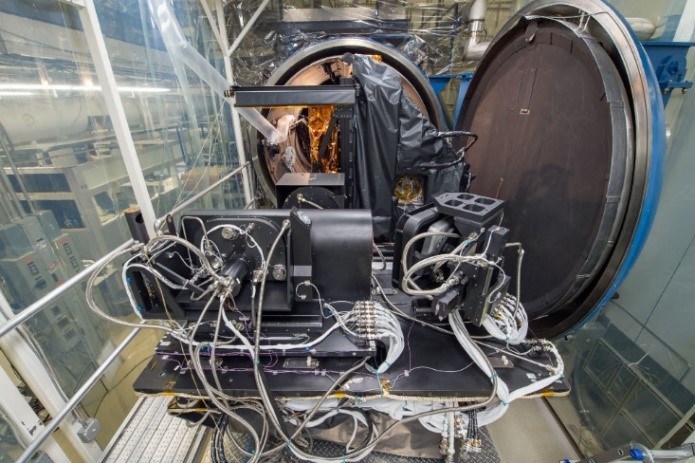
Thermal Engineering
Thermal Engineering provides the technology and support needed to meet the thermal requirements of spacecraft and instruments, from conceptual design to mission end-of-life. This includes developing and integrating thermal control systems for spacecraft and instruments, verifying the designs through analysis and environmental testing…
-
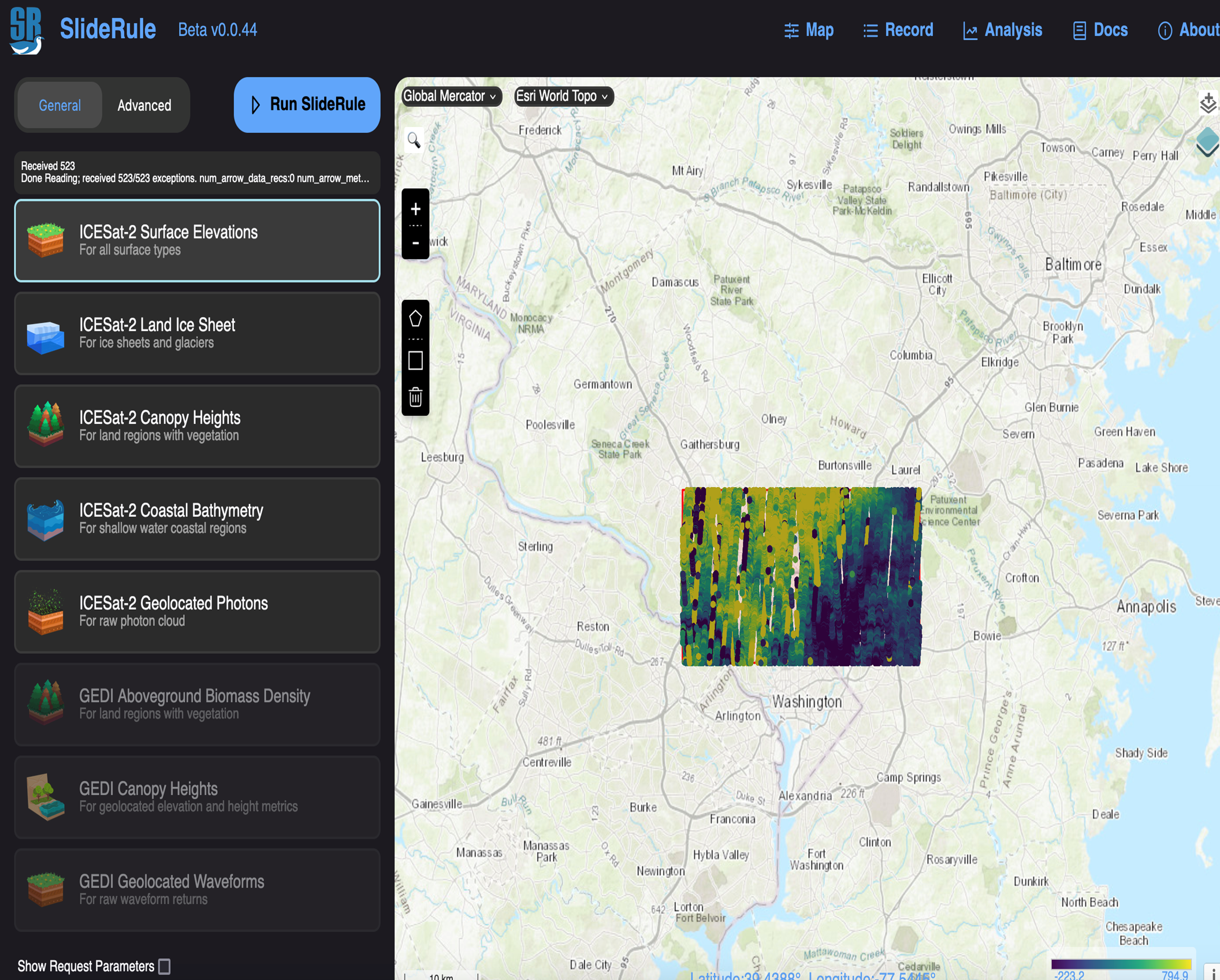
SlideRule
SlideRule is an open source framework for on-demand processing of science data in the cloud. The SlideRule project offers a new paradigm for NASA archival data management – rapid delivery of customizable on-demand data products able to target a wide range of science applications by using processing…
-
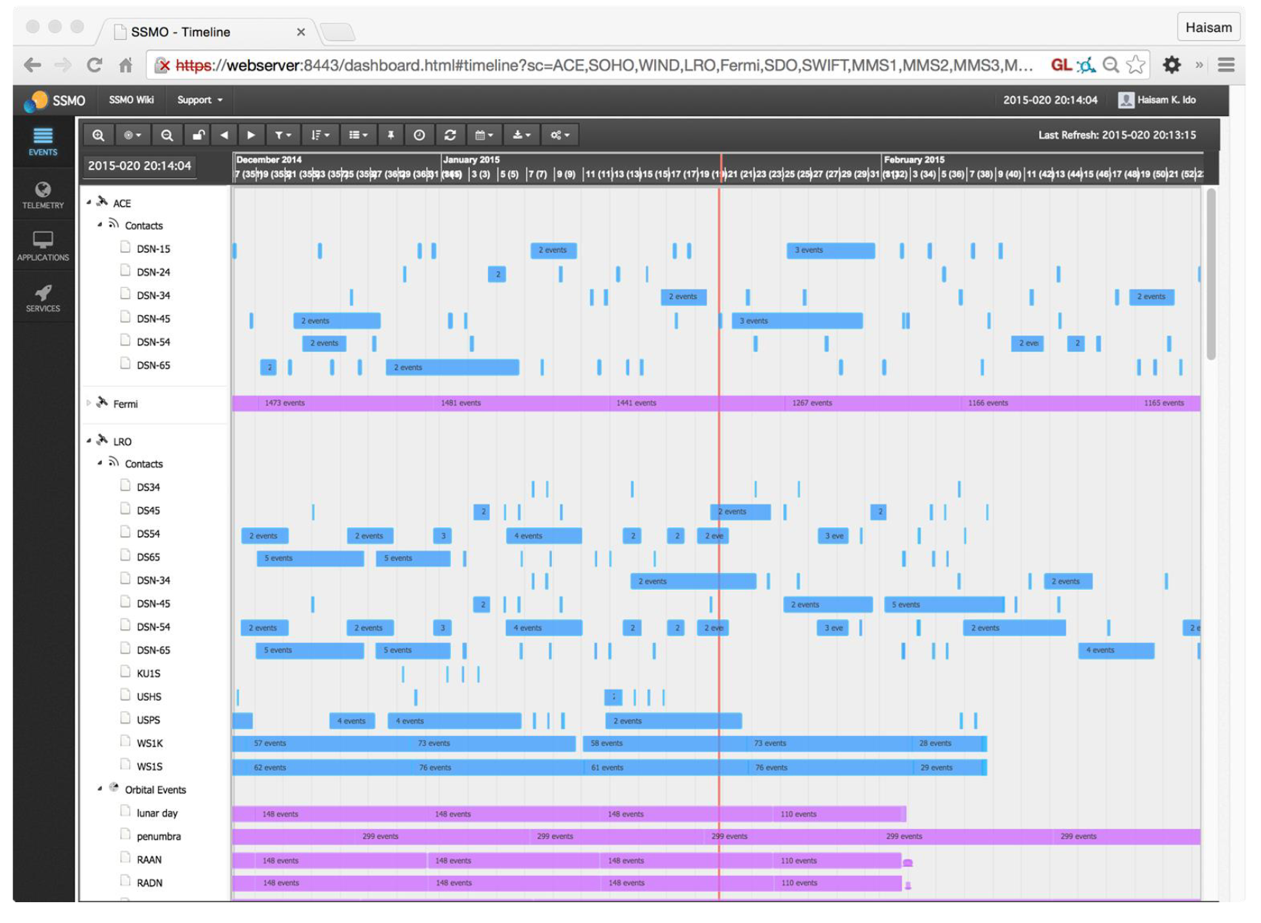
Virtual Mission Operations Center (vMMOC)
An innovative, technologically advanced hybrid solution that provides a platform for all future and legacy missions to host a shared, fully supported and secure, resilient Mission, Science, Instrument, and/or Navigation Operations Center…
-
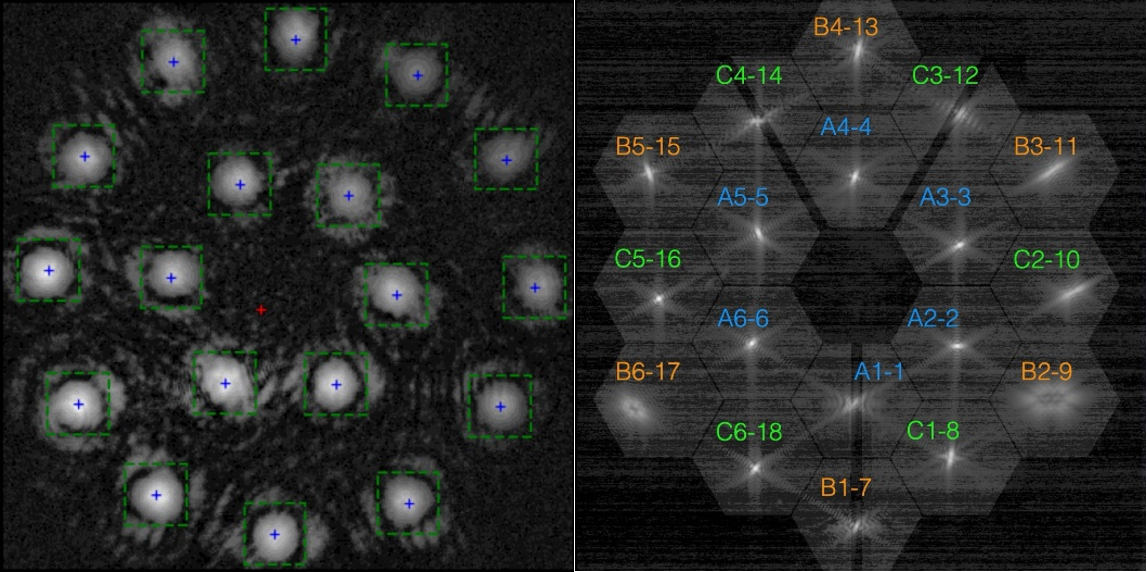
Wavefront Sensing and Control (WFSC)
Wavefront Sensing and Control (WFSC) capability leverages Fourier optics to model electro-optical systems. This includes the application of phase retrieval and phase diversity techniques, enhanced by state-of-the-art estimation and machine learning…
-
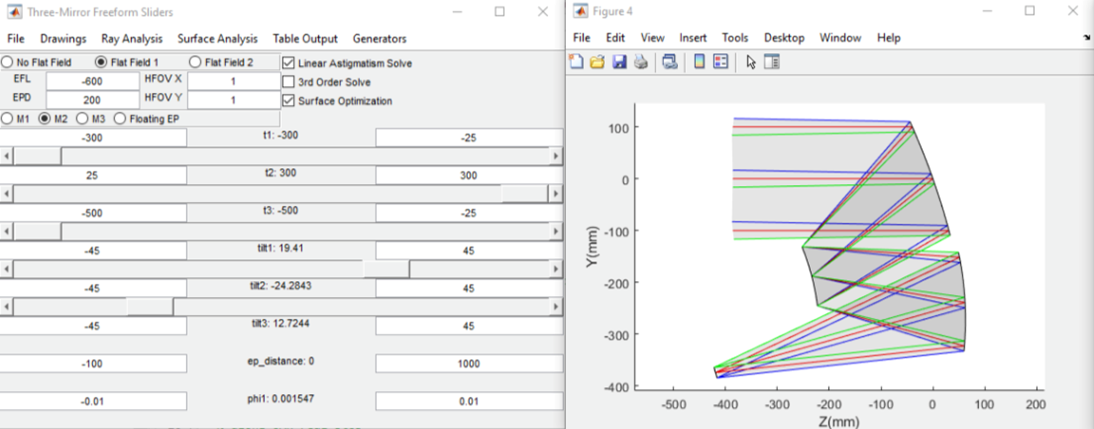
Optical Design and Modeling
ETD supports all phases of scientific and optical instrument development, beginning with optical design. Our optical designers collaborate with scientists and other stakeholders to define system-level requirements and create optical designs that support proposal efforts and project oversight…
-
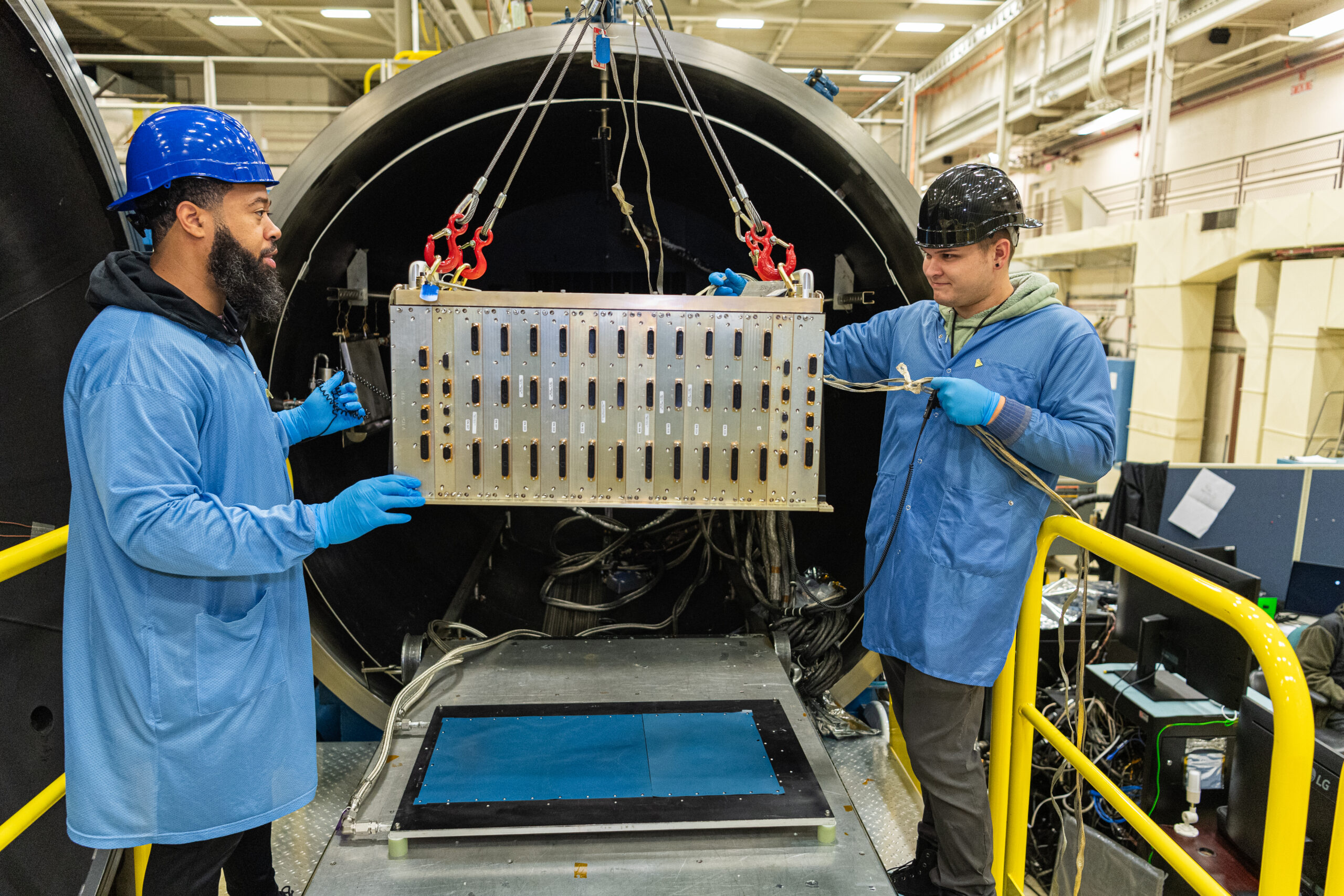
Mechatronics & Robotics
Mechatronics and Robotics provide multi-disciplinary support in areas of electromechanical systems engineering, including precision mechanisms, optomechanical systems, control electronics, and robotics. We have the capabilities and technology development expertise to conceptualize, define requirements, design, analyze, fabricate…
-
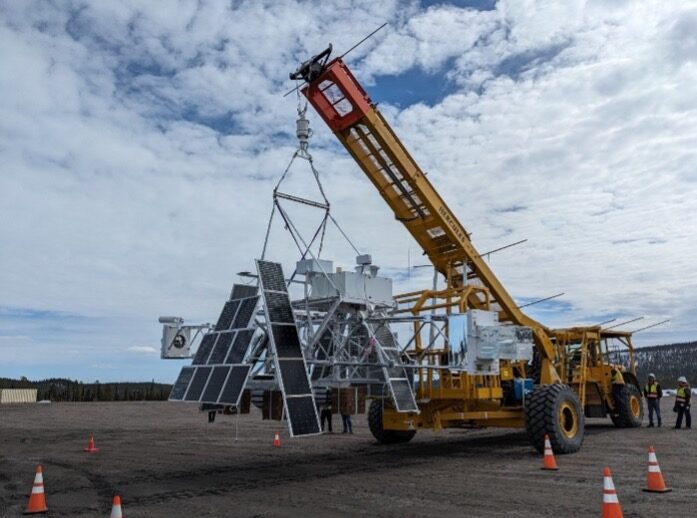
Sounding Rockets, Scientific Balloons and the Research Range
ETD at Wallops Flight Facility (WFF) develops new technologies that improve flight projects’ capabilities or lower access costs to space. ETD supports all phases of the mission lifecycle with engineering teams assembled across ETD…
-
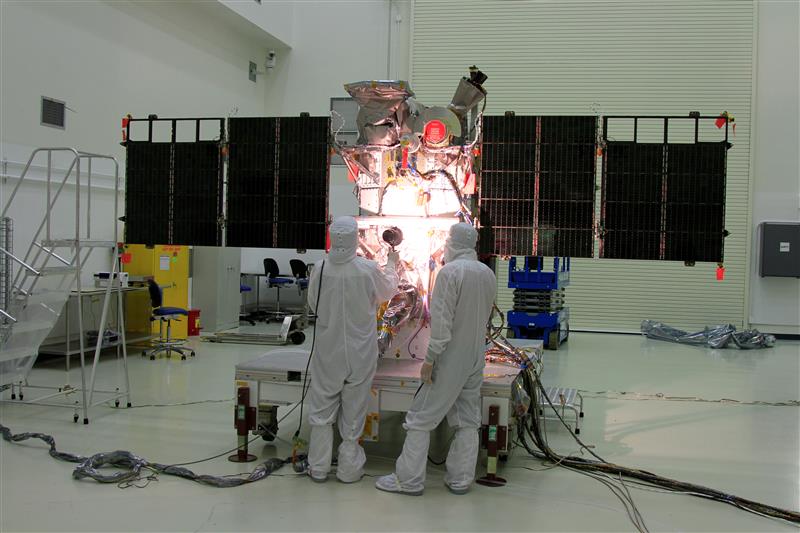
Goddard Dynamic Simulator (GDS)
Goddard Dynamic Simulator provides real-time high fidelity environmental and space component simulators for spacecraft. GDS receives data from the spacecraft under test using various electrical hardware interfaces, computes the effect of that data on the simulated environment, and returns those results to the spacecraft to create…
-
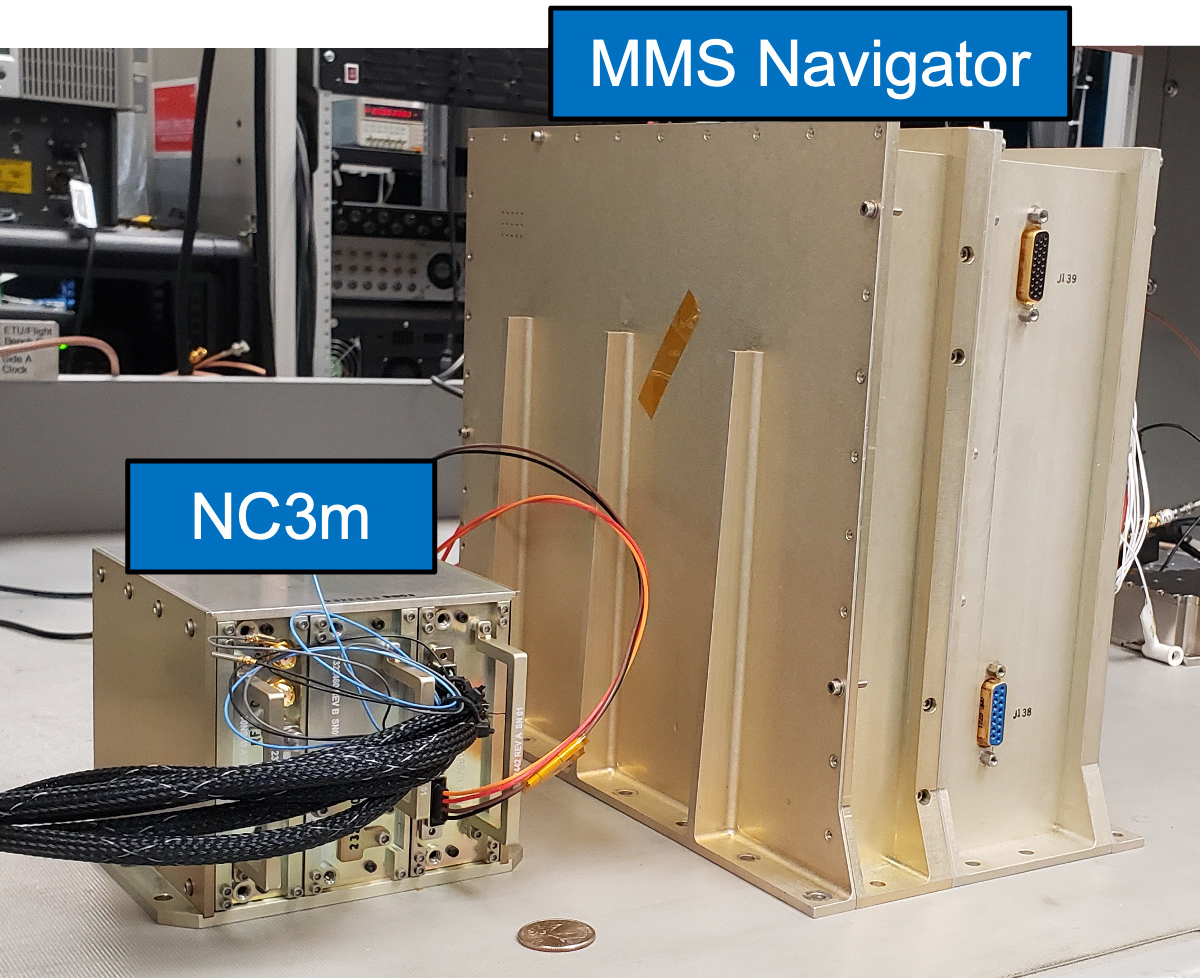
NavCube3-mini Multi-GNSS Receiver Technology
The NavCube3-mini (NC3m) is a low Size, Weight, and Power (SWaP) multi-frequency, multi-GNSS receiver developed by NASA’s Goddard Space Flight Center. The NC3m GNSS receiver derives heritage from the high-altitude GPS receiver Navigator used on the Magnetospheric Multiscale mission (MMS) which launched in…
-
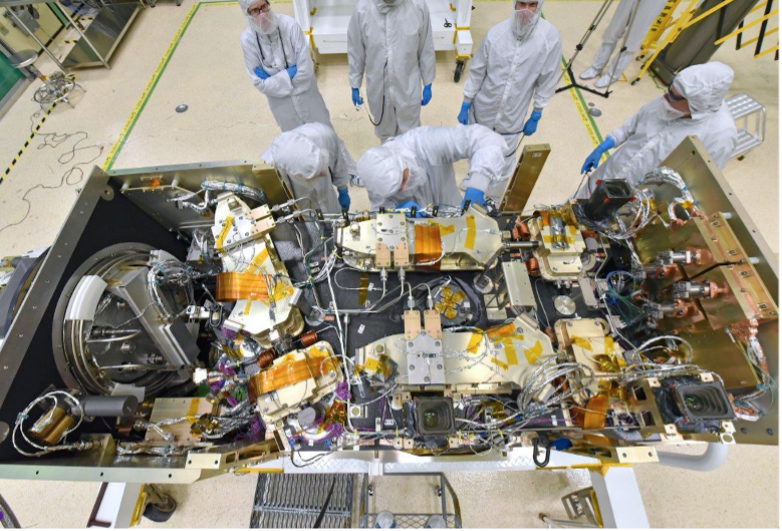
Optical Bench
Laser altimeter, lidar, and other spacecraft instruments require precise and stable pointing and alignment of a series of optical components to meet mission and science requirements. Typically, these components need to maintain these requirements through launch, thermal, and on-orbit jitter environments. This has been achieved through…
-
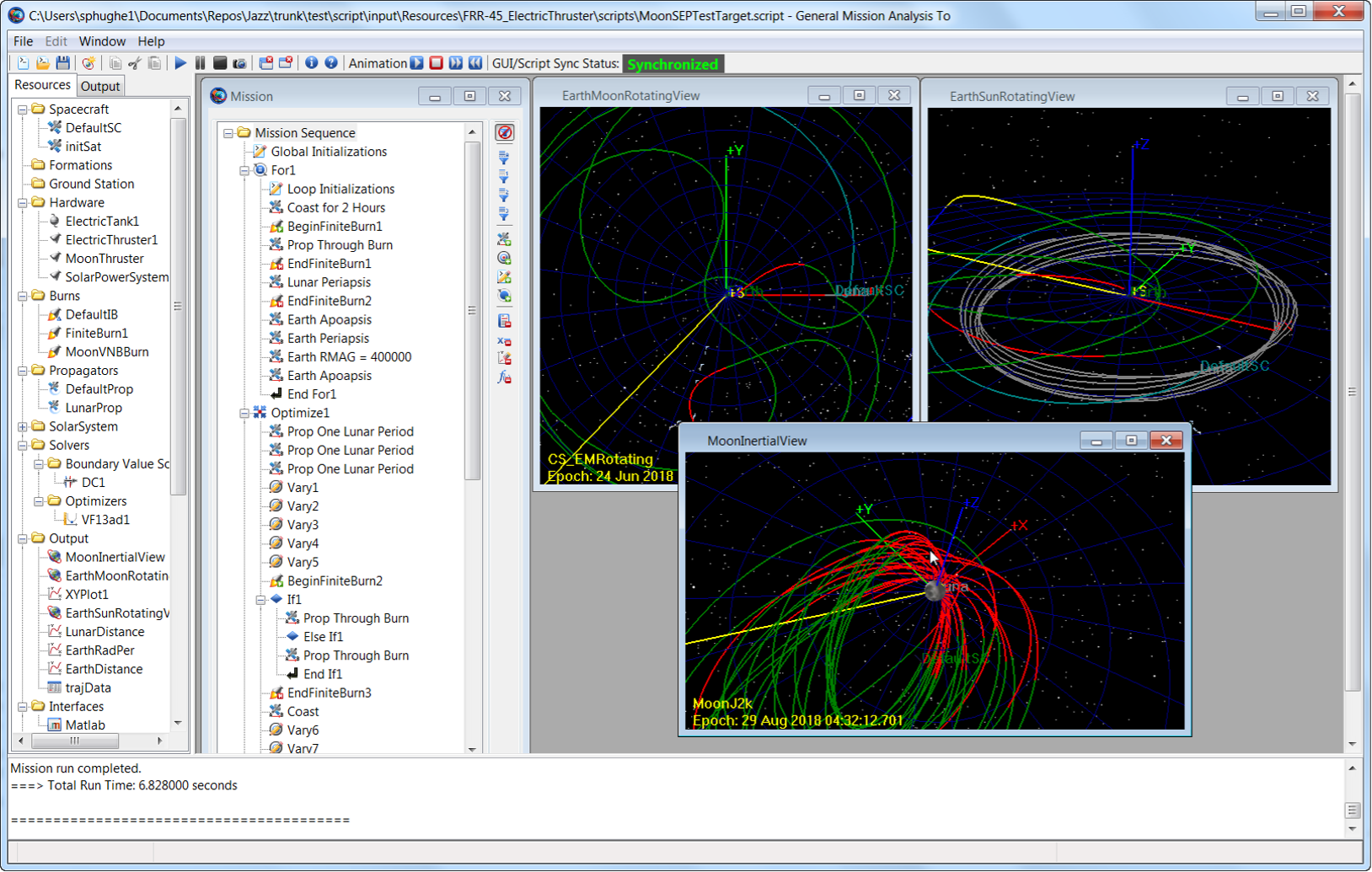
General Mission Analysis Tool (GMAT)
The General Mission Analysis Tool (GMAT) is used to facilitate mission design and proposal development for all project types, including scientific research and flight mission operations. Comprised of two million source lines of code, GMAT exists as one of NASA’s most expansive and successful open-source software projects,…
